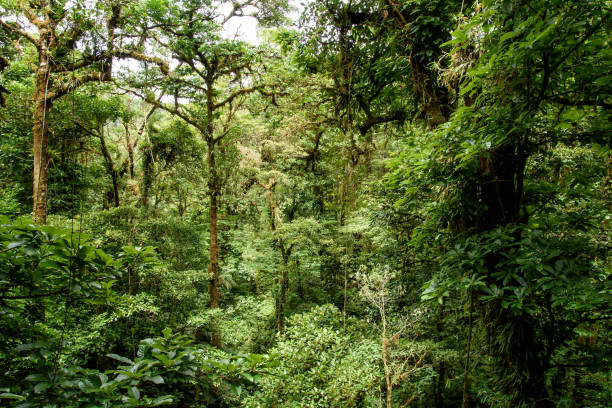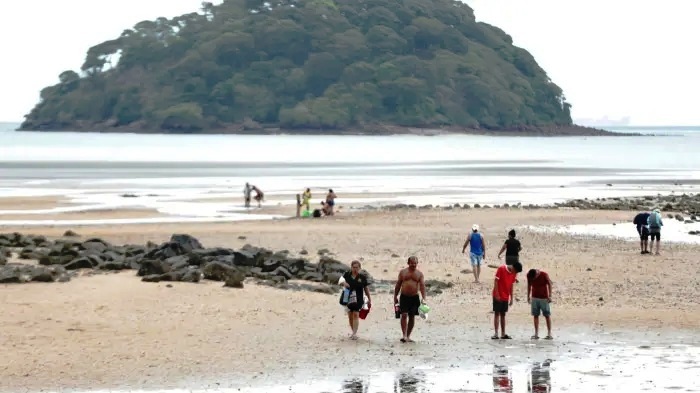In Mexico a New Era Begins: The Interoceanic Corridor is LIVE!
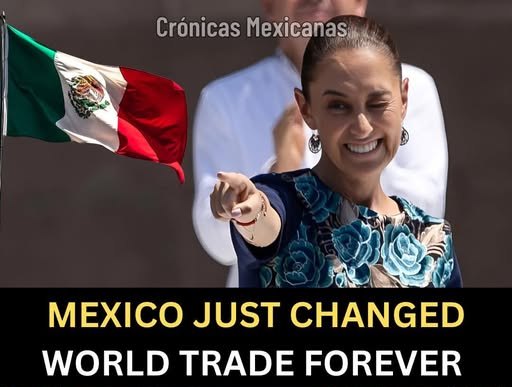
History has awakened on the Isthmus of Tehuantepec. For the first time in modern Mexico, a cargo ship docked in Salina Cruz, Oaxaca — marking the official launch of the Interoceanic Corridor. This isn’t just a railway or a port. It’s the revival of ancient trade routes once walked by Indigenous civilizations — now reborn with 21st-century innovation and Mexican sovereignty. From Veracruz to Oaxaca, this corridor:
- Rekindles economic hope in the south
- Empowers Indigenous & working communities
- Positions Mexico as a global trade alternative to the Panama Canal
- Brings investment, logistics & opportunity like never before
- The south is no longer “forgotten.”
- It is now the beating heart of Mexico’s future.
- This is legacy in motion.
- This is Mexico rising for generations to come.

The trains are the largest and fastest in the world. These are special flat-bed train cars that can carry an “ultra large container ship” (ULCS) across the 186 miles (300 km) from Salina Cruz to Coatzacoalcos, and vice versa. They are 220 feet (67 meters) wide and 1400 feet (427 meters) long. Each car has 420 wheels and runs on a special gauge of track, with rails 200 feet (61 meters) apart. The tunnels and bridges are 500 feet (152 meters) wide so they can handle trains going both directions at the same time. The locomotives are solar-powered and can generate 220,000 horsepower (164,000 kilowatts) of power and can reach top speeds of over 200 miles per hour (322 kilometers per hour). They are the fastest and most powerful locomotives in the world and can travel from Salina Cruz to Coatzacoalcos (or vice versa) in less than an hour. With waiting times, it can take days to transit the Panama Canal. Some folk speculate that a train that can carry ships, with cargo and crew, across in less than an hour will make the Panama Canal obsolete.
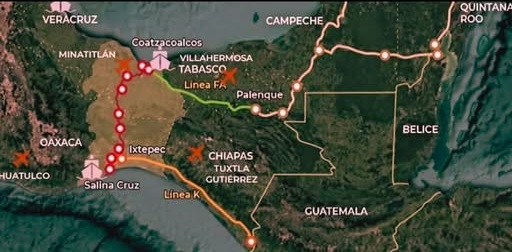
Remember, this is not to compete with the Panama Canal, it is just another alternative. One ship can carry as many or more containers than the train in Mexico … But sometimes the wait takes weeks to do so (Panama Canal) that’s where the Mexican Inter-Ocean will be an option … not a direct competitor.
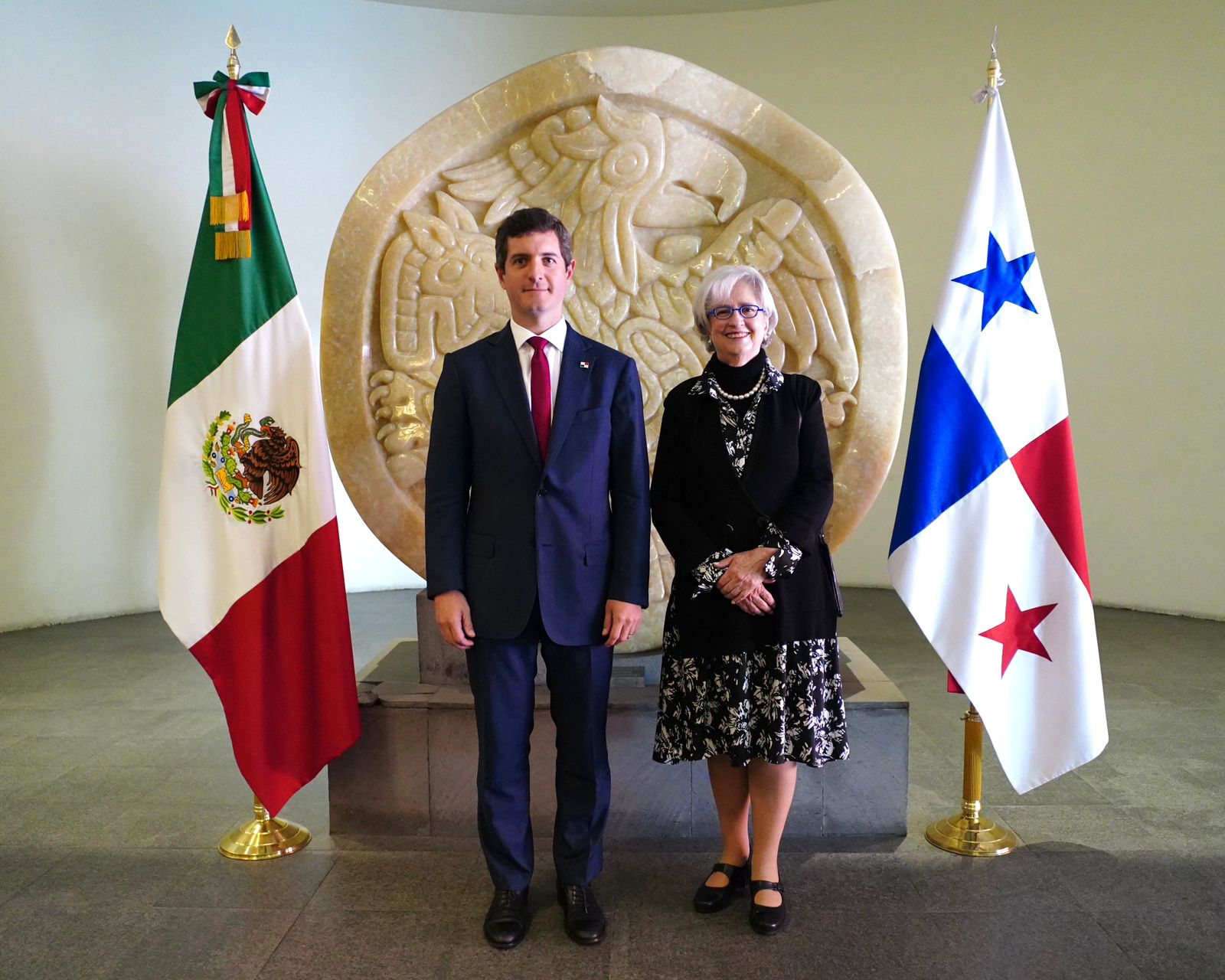
Mexico and Panama Hold First Political Affairs Commission Meeting of the Strategic Partnership Agreement
- Undersecretary for Latin America and the Caribbean Raquel Serur and Panama’s Vice Minister for Foreign Affairs Carlos Hoyos led the meeting at the Mexican Foreign Ministry
- Both delegations reaffirmed their governments’ commitment to strengthening the strategic relationship
Today marked the first meeting of the Political Affairs Commission under the Mexico-Panama Strategic Partnership Council, led by Undersecretary for Latin America and the Caribbean Raquel Serur and Panama’s Vice Minister for Foreign Affairs Carlos Hoyos. At the meeting held at Mexican Foreign Ministry, both sides assessed the bilateral relationship spanning 121 years and discussed developments since the last Binational Commission meeting in 2021. They shared information about flagship infrastructure projects both governments are promoting, particularly the Maya Train and the Panama-David Train.
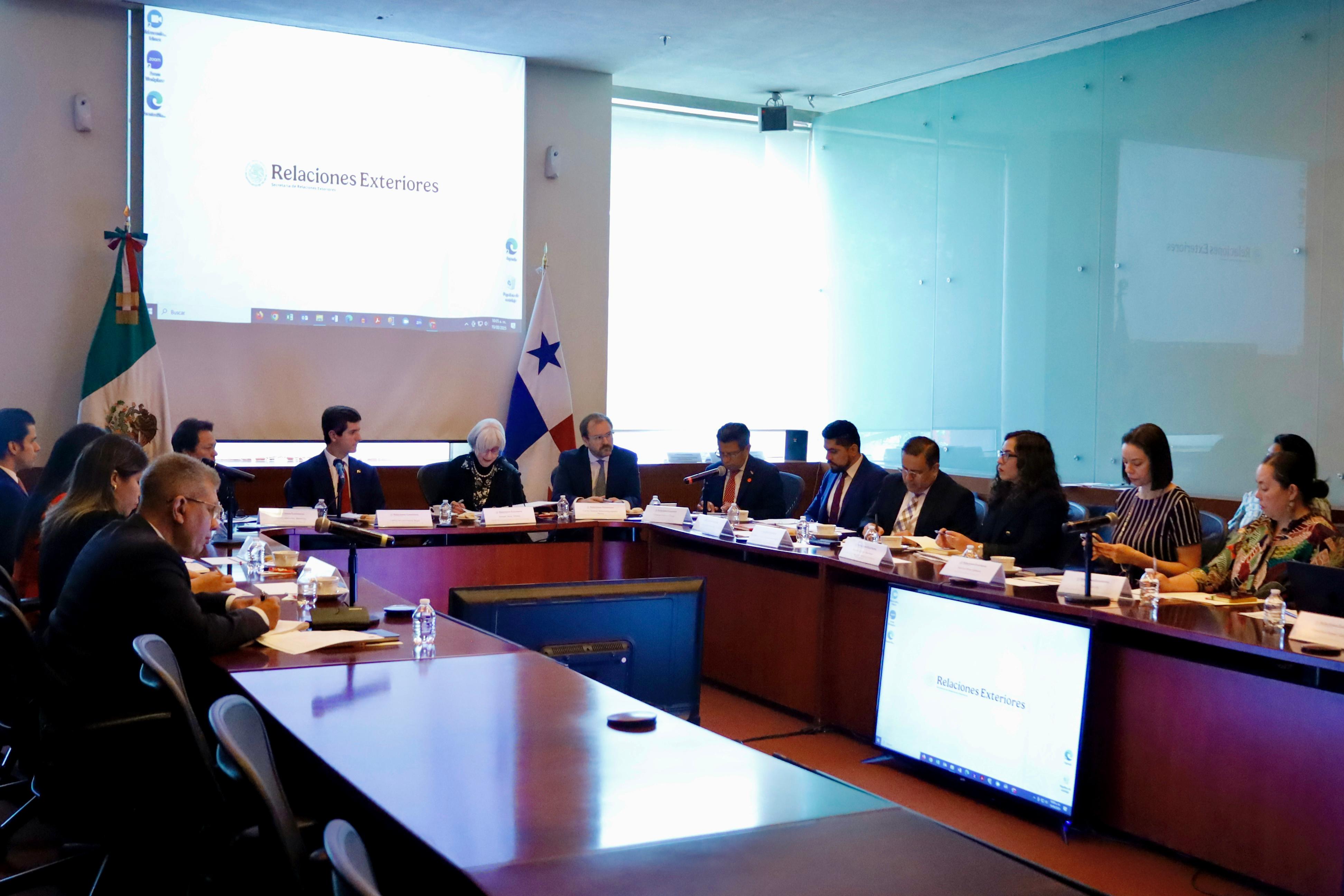
The delegations also highlighted the complementary nature of the Tehuantepec Isthmus Interoceanic Corridor and the Panama Canal, aimed at driving development across the Latin American region. Both delegations agreed to join efforts in regional forums to address the challenges facing the Latin American and Caribbean community, including migration and security. Finally, they reviewed multilateral issues and areas of agreement between both countries, emphasizing Panama’s presidency of the UN Security Council in August and the agenda Panama will advance to strengthen the region’s voice. They particularly addressed shared concerns about Haiti’s security situation. The results of the Political Affairs Commission will be presented at the first meeting of the Strategic Partnership Agreement Council, which will be chaired by both countries’ foreign ministers and will serve as the main framework for bilateral dialogue.


